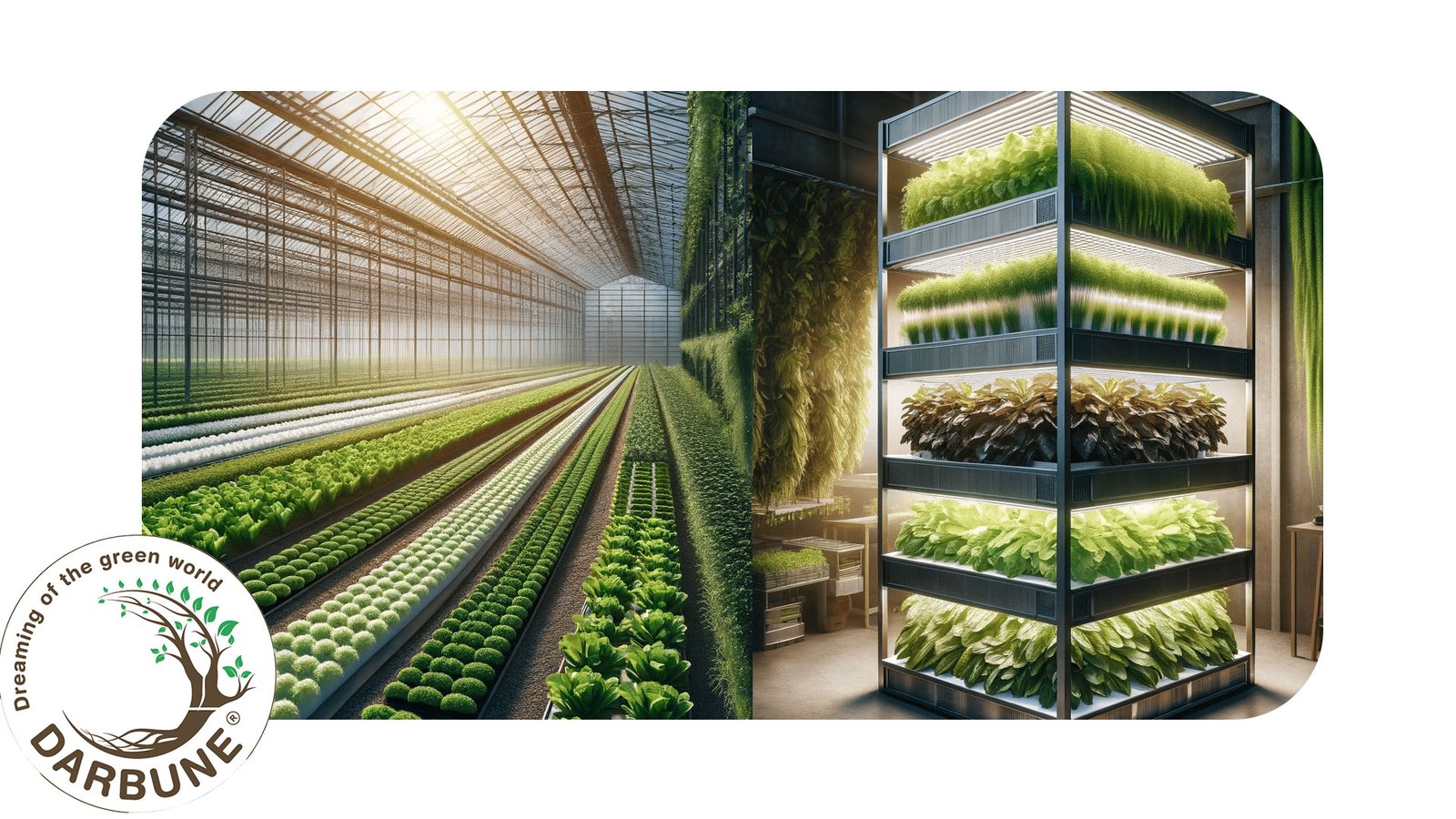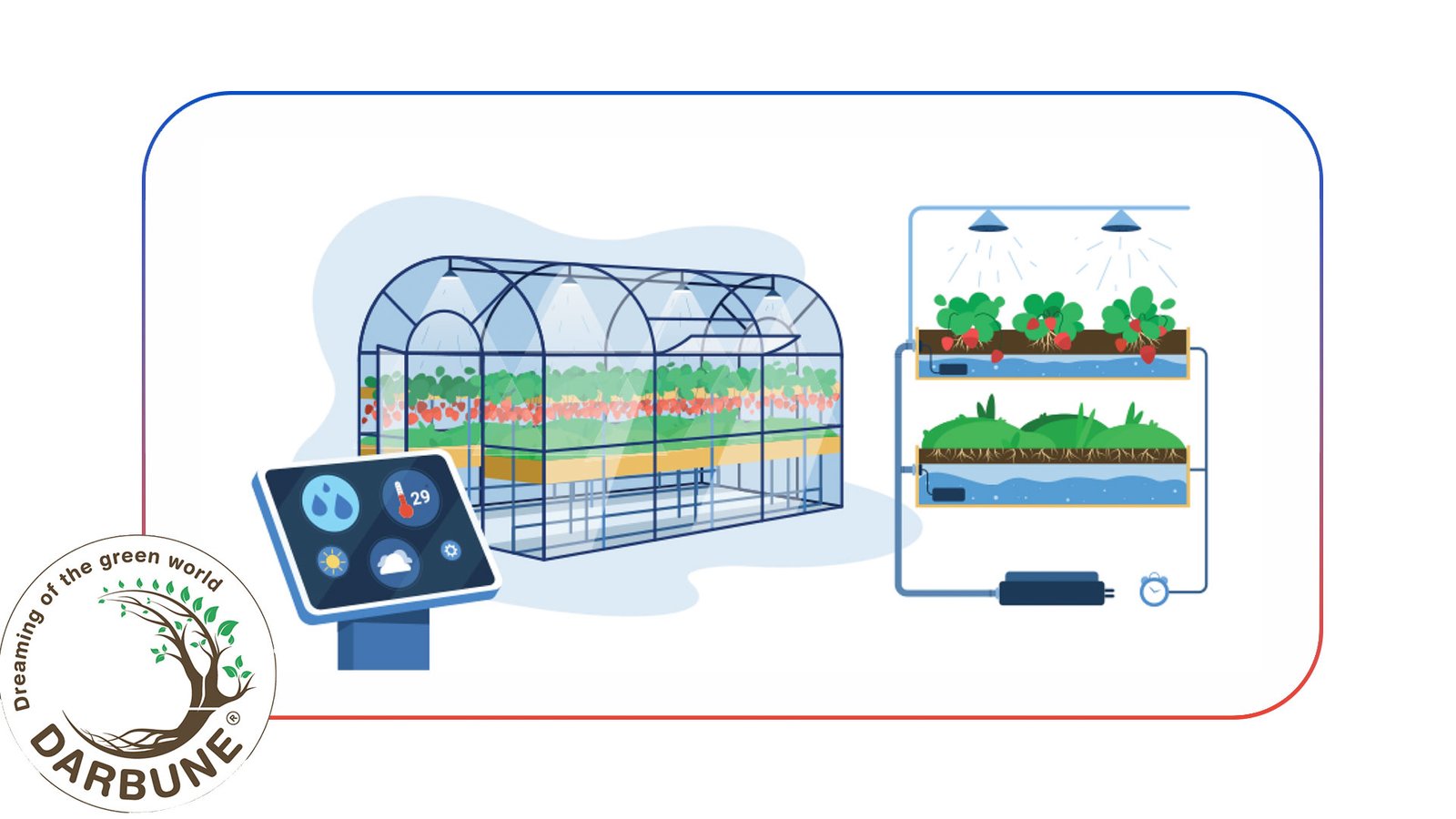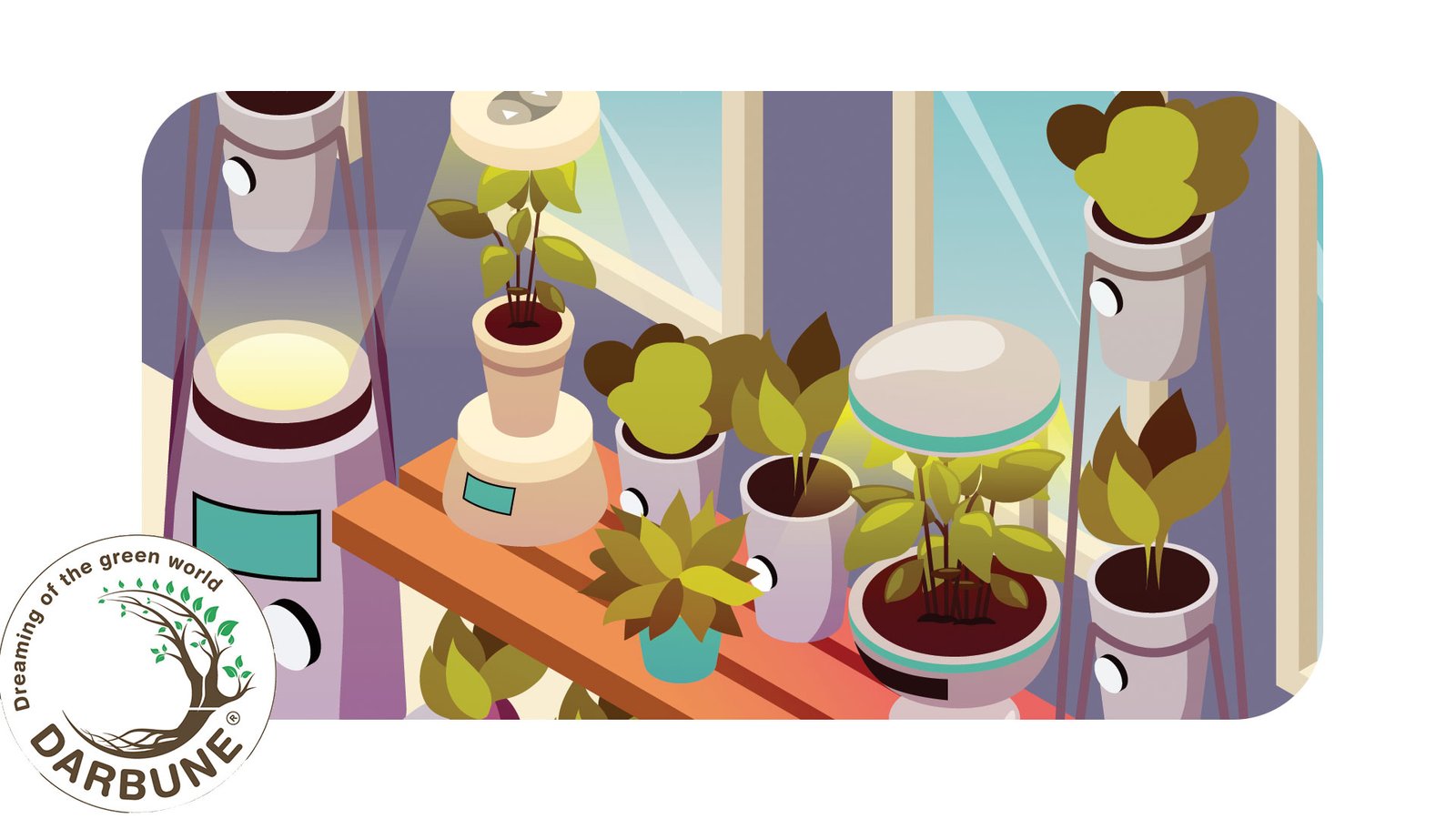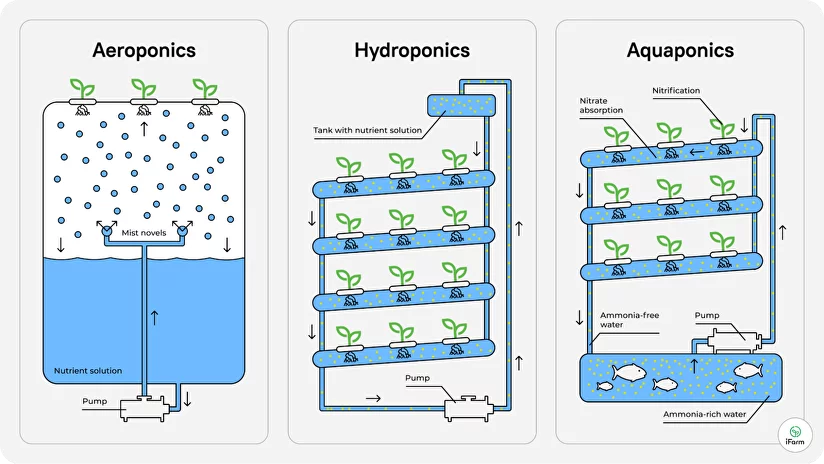As the global population grows and urbanization continues to expand, the demand for innovative and sustainable agricultural practices is increasing. Indoor farming, a cutting-edge approach to cultivating crops within controlled environments, offers a promising solution. It enables year-round production, efficient use of resources, and reduced reliance on traditional farming methods. In this article, we’ll explore the different types of indoor farming, their benefits, and their potential to revolutionize the agricultural industry.
Whether you’re a city dweller curious about growing your own food or an entrepreneur looking to invest in sustainable agriculture, understanding the various methods of indoor farming is essential. Let’s dive into the fascinating world of indoor farming and its diverse techniques.

What Is Indoor Farming?
Indoor farming refers to the practice of growing crops within controlled environments, such as buildings, containers, or greenhouses, rather than traditional outdoor fields. This approach leverages advanced technologies to optimize growth conditions, including lighting, temperature, humidity, and nutrient delivery systems. By minimizing the impact of external factors, indoor farming ensures consistent and high-quality crop production.
Indoor farming not only provides a solution for food production in urban areas but also addresses challenges such as climate change, water scarcity, and land degradation. By utilizing innovative techniques, indoor farming has the potential to redefine agriculture for a more sustainable future
Types of Indoor Farming

Indoor farming is an umbrella term encompassing various innovative techniques used to grow crops in controlled environments. These methods eliminate dependency on traditional farming practices and offer solutions tailored to urban settings and resource constraints. The most prominent types of indoor farming include vertical farming, hydroponics, aquaponics, aeroponics, and greenhouse farming. Each technique leverages cutting-edge technologies to optimize resource use, improve yield, and ensure consistent quality.
For instance, vertical farming stacks crops in layers to maximize space, while hydroponics and aquaponics utilize water systems enriched with nutrients for plant growth. Aeroponics, on the other hand, employs nutrient-rich mist to nourish plants, making it one of the most efficient methods. Greenhouse farming combines natural sunlight with environmental controls for year-round cultivation.
By understanding these types, individuals and businesses can harness the power of indoor farming to meet growing food demands sustainably and efficiently, addressing challenges like urbanization and climate change.
1. Vertical Farming
What Is Vertical Farming? Vertical farming involves stacking crops in vertically arranged layers, often within a high-rise building or a specialized indoor structure. This method maximizes space utilization and enables large-scale production in urban areas. Advanced systems such as LED lighting and automated irrigation ensure optimal growth conditions for plants at all levels.
Benefits of Vertical Farming:
- Efficient Use of Space: Ideal for urban settings with limited land.
- Water Conservation: Uses up to 90% less water compared to traditional farming by recycling water within the system.
- Pesticide-Free: Controlled environments eliminate the need for chemical pesticides, ensuring cleaner produce.
- Reduced Food Miles: Locating vertical farms near urban centers decreases the distance food travels, reducing emissions.
Examples:
- Growing leafy greens like lettuce and spinach in multi-tiered setups.
- Urban vertical farms like Aerofarms and Plenty are leading examples of this technique.
Hydroponics

What Is Hydroponics? Hydroponics is a soil-free farming method where plants grow in nutrient-rich water solutions. This system allows precise control over nutrient delivery and water usage, making it one of the most efficient indoor farming methods.
Benefits of Hydroponics:
- Faster Growth: Nutrient delivery is optimized for rapid plant development, often resulting in harvests occurring twice as quickly as traditional farming.
- Water Efficiency: Recycles water, making it highly sustainable, especially in water-scarce regions.
- Space Optimization: Suitable for small-scale setups in homes or large-scale operations, thanks to customizable designs.
- Cleaner Produce: Absence of soil reduces the risk of pests and diseases.
Examples:
- Cultivating herbs like basil and mint in water-based systems is common in home setups.
- Commercial hydroponic farms producing strawberries and tomatoes have demonstrated impressive yield improvements.
Aquaponics
What Is Aquaponics? Aquaponics combines hydroponics with aquaculture (fish farming). In this symbiotic system, fish waste provides nutrients for plants, while plants help filter and clean the water for fish. This creates a sustainable, closed-loop ecosystem.
Benefits of Aquaponics:
- Natural Nutrient Cycle: Fish produce ammonia, which beneficial bacteria convert into nitrates that plants absorb as nutrients.
- Dual Production: Produces both plants and fish, providing a diverse range of products.
- Low Waste: Minimizes water and nutrient waste, as the system is self-contained.
Examples:
- Growing lettuce, kale, or other leafy greens alongside fish like tilapia or koi.
- Community aquaponics projects that educate people about sustainability while providing fresh food.
Aeroponics
What Is Aeroponics? Aeroponics involves growing plants in an air or mist environment without the use of soil or water as a growing medium. Nutrients are delivered directly to plant roots via a fine mist, ensuring optimal absorption.
Benefits of Aeroponics:
- High Efficiency: Nutrient delivery is highly targeted, maximizing absorption and reducing waste.
- Minimal Water Usage: Uses 95% less water than traditional farming, making it one of the most sustainable methods.
- Improved Yield: Encourages faster growth and higher yields due to the precise control of environmental conditions.
- Disease Prevention: Air-based systems reduce the risk of soil-borne diseases.
Examples:
- Growing microgreens and herbs in aeroponic towers is a popular choice for small-scale setups.
- NASA’s experiments with aeroponics have demonstrated its potential for growing food in space.
Greenhouse Farming
What Is Greenhouse Farming? Greenhouse farming involves cultivating crops in structures made of transparent materials, such as glass or plastic, to harness natural sunlight while controlling environmental factors like temperature and humidity.
Benefits of Greenhouse Farming:
- Extended Growing Seasons: Protects crops from adverse weather, enabling year-round production.
- Energy Efficiency: Utilizes natural sunlight, reducing the reliance on artificial lighting.
- Versatility: Suitable for a wide variety of crops, including fruits, vegetables, and flowers.
- Controlled Environment: Reduces pest infestations and allows for the use of integrated pest management (IPM).
Examples:
- Growing tomatoes, cucumbers, and bell peppers in high-tech greenhouses equipped with automated climate control systems.
- Large-scale greenhouse farms in the Netherlands lead the world in sustainable greenhouse technology.
Benefits of Indoor Farming
- Year-Round Production: Ensures a continuous supply of fresh produce regardless of the season.
- Resource Efficiency: Reduces water usage and minimizes waste through recycling systems.
- Urban Accessibility: Brings farming closer to urban consumers, reducing transportation costs and emissions.
- Pest and Disease Control: Controlled environments significantly lower the risk of crop infestations, reducing the need for chemical treatments.
- Consistent Quality: Advanced systems ensure uniform growth conditions, resulting in high-quality produce.
While indoor farming offers numerous advantages, it also comes with challenges, such as:
- High Initial Costs: Setting up indoor farming systems requires significant investment in infrastructure and technology.
- Energy Consumption: Dependence on artificial lighting and climate control increases energy use, though renewable energy sources can mitigate this.
- Technical Expertise: Requires specialized knowledge and skills to manage and optimize systems effectively.
- Scalability: Expanding operations can be complex and costly, particularly for high-tech methods like aeroponics.
Conclusion
Indoor farming is transforming the agricultural landscape by providing innovative solutions to food security, resource conservation, and urbanization challenges. From vertical farming to aquaponics, each method offers unique benefits and opportunities for sustainable crop production. By embracing these techniques, we can move toward a more resilient and sustainable future.
Whether you are a hobbyist, an investor, or someone seeking to make a positive environmental impact, indoor farming represents an exciting frontier in agriculture.
FAQs
1. What is the most efficient type of indoor farming?
Each type has its strengths, but vertical farming and aeroponics are often considered the most space- and resource-efficient methods.
2. Can indoor farming be done at home?
Yes, small-scale hydroponic or vertical farming systems are perfect for home use, allowing you to grow herbs, vegetables, or even fruits in limited spaces.
3. What crops are best suited for indoor farming?
Leafy greens, herbs, microgreens, and certain fruits like strawberries thrive in indoor farming systems due to their fast growth and adaptability.
4. Is indoor farming sustainable?
Indoor farming is highly sustainable due to its efficient resource use, minimal waste, and reduced environmental impact, especially when paired with renewable energy.
5. How much does it cost to start an indoor farm?
The cost varies depending on the scale and type of farming, but small home setups can start at a few hundred dollars, while commercial systems may require significant investment, often in the range of tens of thousands to millions of dollars.



test comment 2